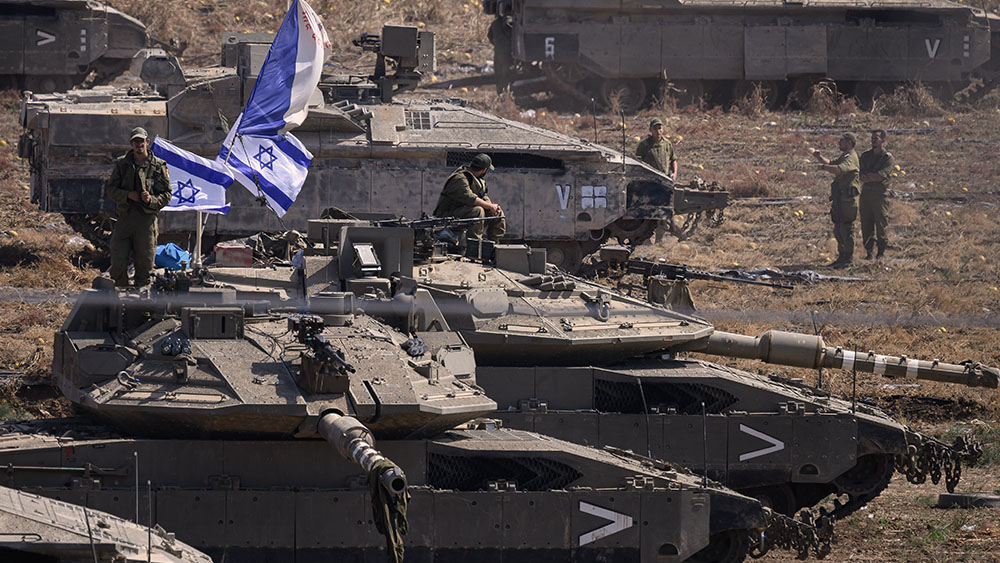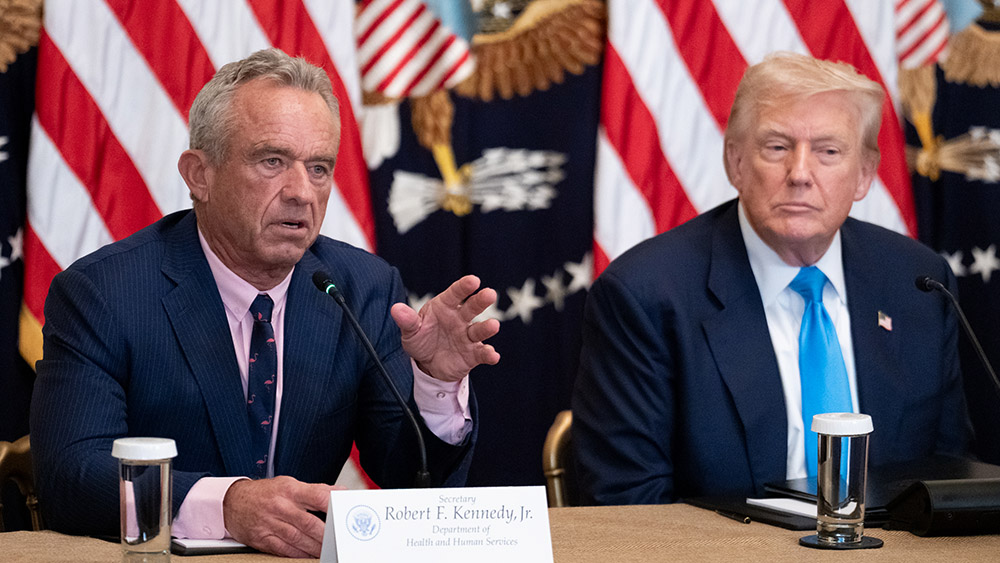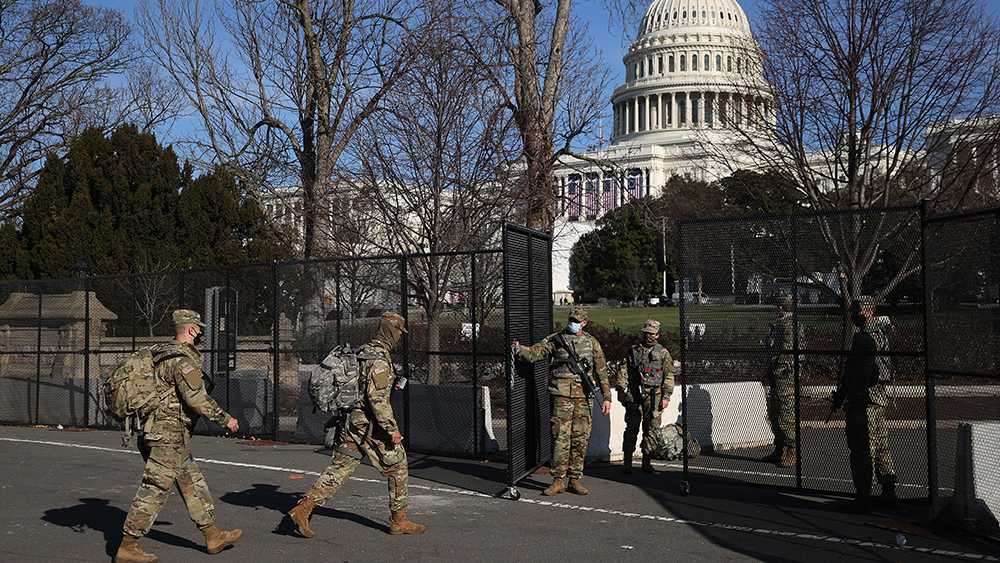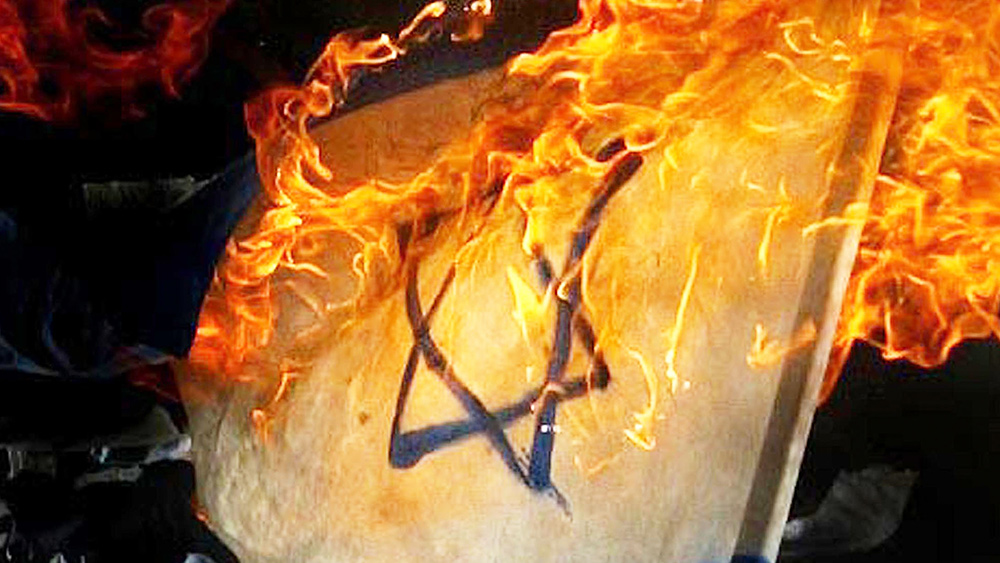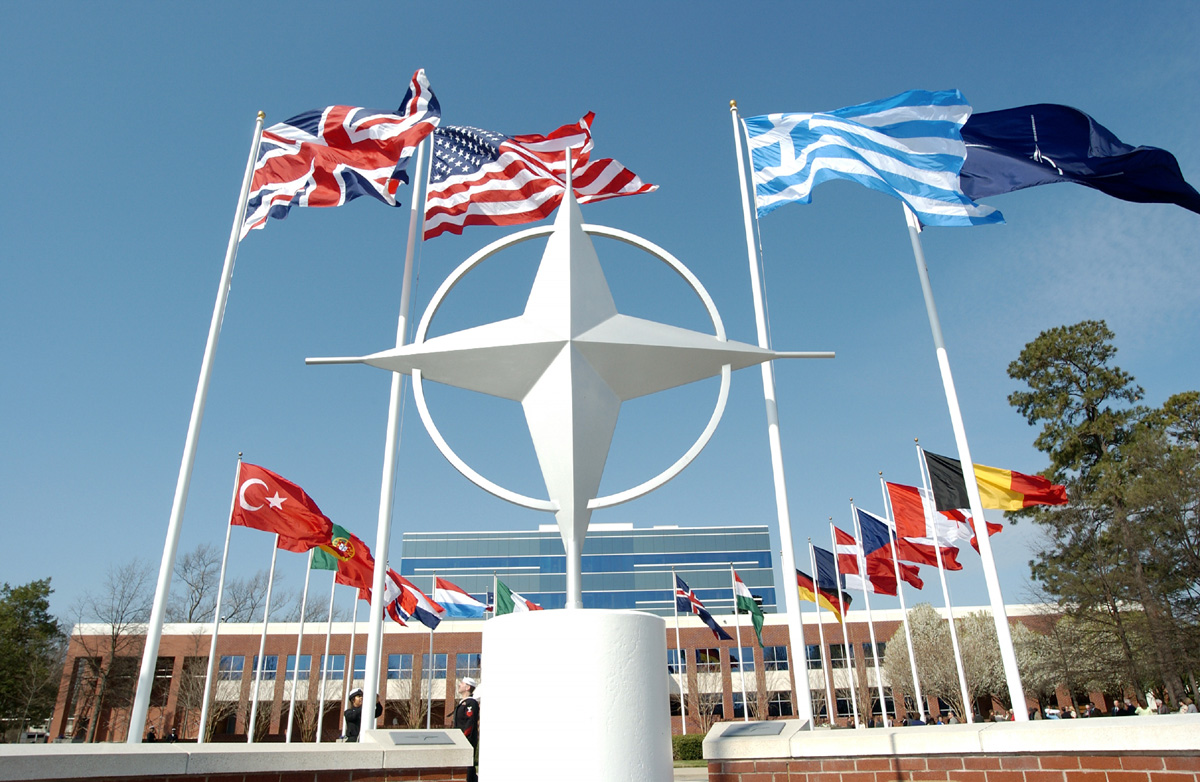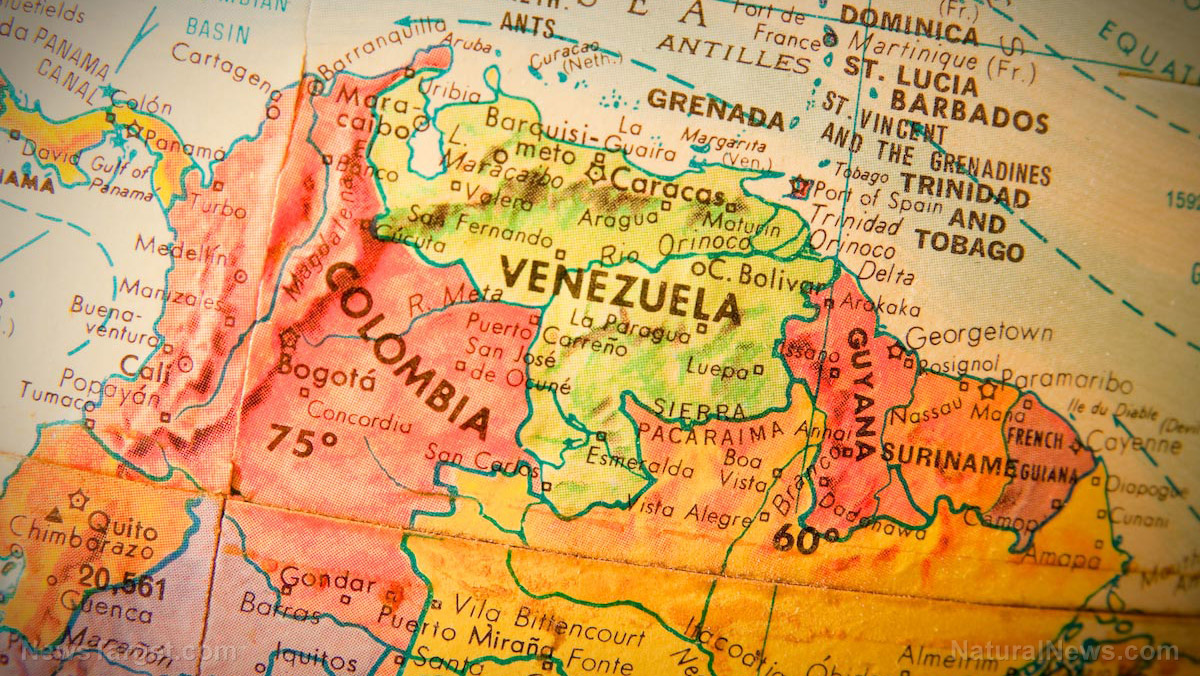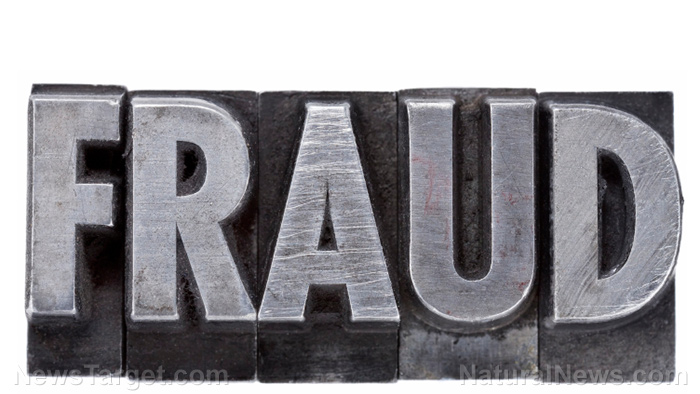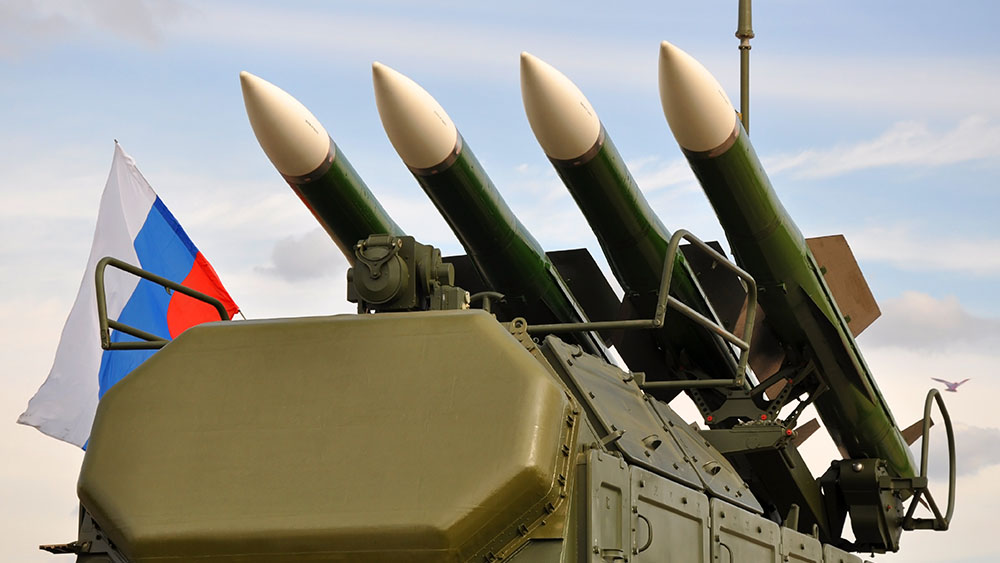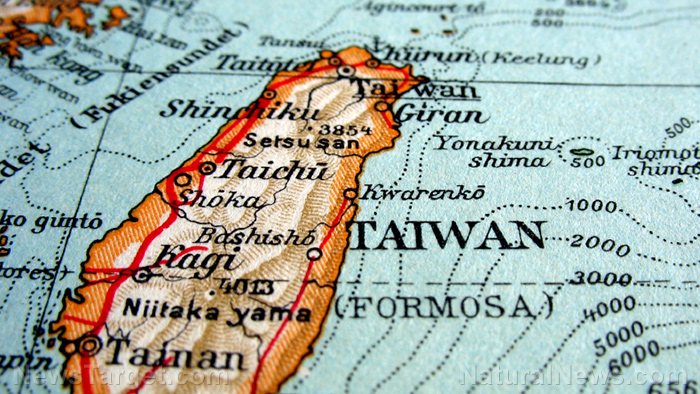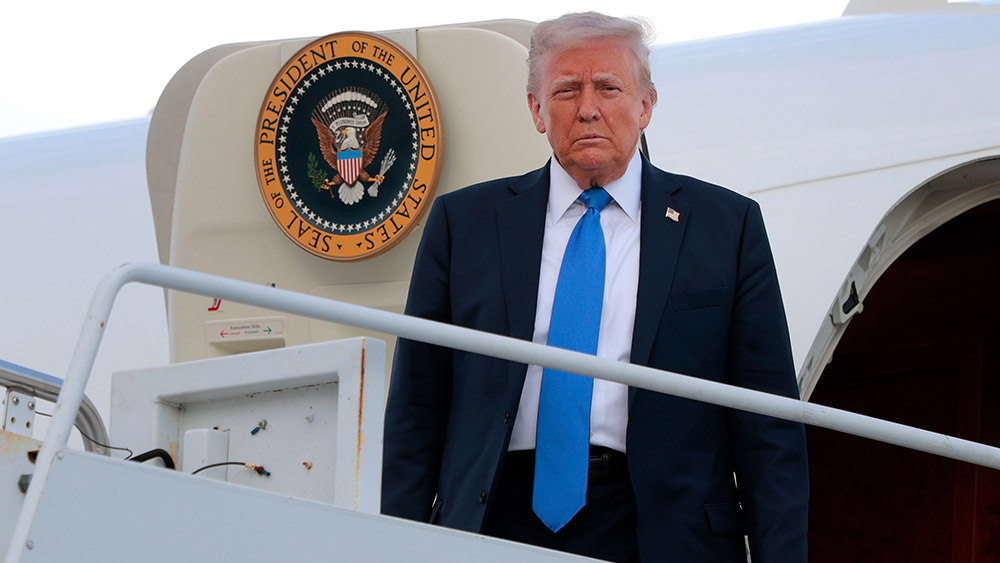
- Trump envoy claims Putin agreed to allow U.S. and European "Article 5-like" security guarantees for Ukraine as part of a peace deal.
- Critics doubt enforceability amid Russian opposition to NATO-style forces in Ukraine and demands for territorial concessions.
- European leaders and Zelensky lobby for stronger protections, while Zelensky resists ceding more Ukrainian territory.
- Historical tensions over Russian fears of NATO encroachment and Ukraine’s geopolitical role add stakes to the talks.
- A fragile negotiation path emerges, balancing U.S. diplomatic shifts, European demands and Russian security concerns.
The “game-changing” proposal: Ambiguity fuels doubts
Witkoff’s announcement centers on an agreement to provide Ukraine defensive protections akin to NATO’s Article 5, which requires member nations to treat an attack on one as an attack on all. Yet critical gaps remain. The guarantees would not formally involve NATO membership, theoretically appeasing Russia’s long-standing objection to further NATO encroachment. However, Kremlin officials have consistently rejected any U.S.- or European-backed military presence near its borders, calling it a “non-starter.” “Article 5-like” enforcement mechanisms also lack clarity. Witkoff acknowledged the U.S. and European allies would need to unilaterally ensure Ukraine’s defense—a system Zelensky dismissed as insufficiently “worked out in practice” in his pre-meeting social media post. Meanwhile, Zelensky reiterated Ukraine’s non-negotiable stance: no territorial concessions to Russia would accompany the deal. European leaders, including French President Éric Macron and German Chancellor Friedrich Merz, seek stronger assurances. Macron called for an immediate ceasefire as a precondition, clashing with Trump’s refusal to prioritize it before final negotiations.Why Russia sees Ukraine as a graveyard of invaders
Russia’s entrenched distrust of NATO ties to Ukraine dates back to centuries of invasions. Modern geopolitical tensions crystallized in 2014 when Crimea’s annexation followed pro-EU reforms in Ukraine, which Moscow viewed as destabilizing. Putin’s regime has long framed Ukraine as a strategic buffer Zone, citing historical invasions via Ukrainian lands by Napoleon, Nazi Germany and later NATO expansion. Trump’s envoy seems to acknowledge this history in his pitch to Russia. According to Witkoff, U.S. negotiators proposed Russia enact legislation barring future territorial claims in Europe if it accepted the guarantees—a “moderation” Putin’s foreign ministry has not publicly endorsed. Zelensky, meanwhile, warned against repeating 2014’s Minsk Accords, which Ukraine signed to ease tensions but were later violated by Russia. “We gave Crimea and Donbas before, and Putin invaded again,” he wrote in a pointed rebuke.The charm offensive meets reality
Trump’s diplomacy contrasts sharply with his predecessor’s approach. Whereas Biden escalated sanctions and troop deployments, Trump’s tactics blend Red Carpet summits and blunt messaging. Critics, including former VP Mike Pence, warn against overestimating Putin’s goodwill. “The velvet glove is fine, but we can’t forget the hammer,” Pence told CNN, urging continued sanctions pressure. Yet Trump has positioned himself as the peacemaker in chief, tweeting, “We can end this war now.” His strategy relies on leveraging “accommodations” from Putin while avoiding explicit NATO pledges—a tightrope balancing neutralizing Russian fears without abandoning Western allies.Geopolitical stakes: Can compromise outweigh history?
The talks’ long-term success may hinge on whether Russia perceives the guarantees as a stopgap or an existential threat. For NATO skeptics, the proposal reflects Trump’s core stance: distancing the U.S. from endless wars. But hawks in both capitals argue Kiev requires ironclad defenses to deter future aggression—a stance EU leaders will press on Monday. Zelensky’s nuanced position adds complexity. While grateful for U.S. support, he insists Ukraine’s sovereignty—not NATO gamesmanship—must anchor any deal. “We are sovereign. We pay the price in blood for our security,” he stressed.The cost of an “error of judgment”
As diplomatic players gather, the promise of a peace deal risks overshadowing the risks. History’s shadow looms large: both sides have flinched at decisive compromises before. If Trump’s gambit works, it could end a catastrophe costing thousands of lives. Fail, and the suspicion calcified over centuries may yet claim more. Witkoff’s “game-changer” maybe a bridge—or another illusion built on the ruins of trust. Sources for this article include: ZeroHedge.com Politco.com BBC.com CBSNews.comWhite House clarifies National Guard deployment amid crime and immigration crackdown
By Willow Tohi // Share
NATO to provide Ukraine with additional $50B in military aid amid escalating tensions
By Belle Carter // Share
A viral video ignites federal firestorm over Minnesota fraud
By willowt // Share
Russia activates "unstoppable" Poseidon tsunami drone
By kevinhughes // Share
Russian FM Lavrov: Moscow will back China on Taiwan issue
By ramontomeydw // Share
The breakfast clock: Why timing your morning meal is a secret weapon against high cholesterol
By jacobthomas // Share
The Health Ranger's New Year Revolution: The ultimate guide to health, wealth and freedom
By kevinhughes // Share
"Absolute Healing" on BrightU: Experts explore COVID-19 as an engineered bioweapon
By jacobthomas // Share
